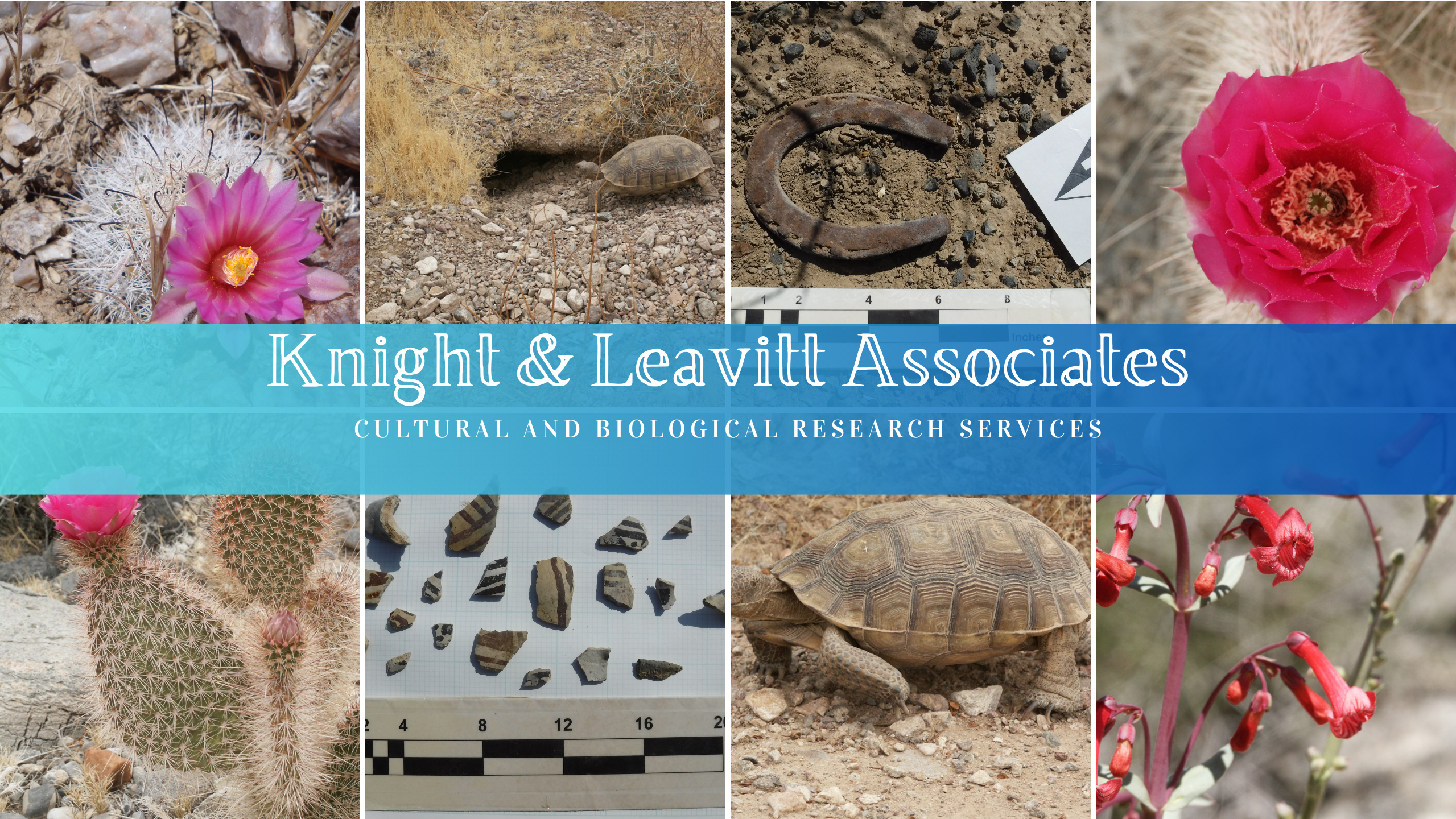New Conservation Agreement and Strategy for Springsnails in Nevada and Utah
Springsnails are tiny aquatic mollusks found in freshwater springs and wetlands. Most are no larger than a BB pellet. They are quite vulnerable to extinction because the entire population of a species is often tied to a single spring. Such sites may be no more than a few square meters and easily destroyed by water diversions, development, groundwater pumping, or trampling by livestock.
Springsnails are a remarkable remnant of the Great Basin’s geologic history when huge lakes, including Lake Bonneville, covered the region. During the past two million years, the high water mark of these lakes arose at roughly 100,000-year intervals, with the lakes rising for the last time about 13,000 years ago. Each time the region dried up, springsnails were stranded in isolated colonies, surviving only within the boundaries of their small wetlands. As isolated springsnail populations adapted to the conditions of each spring, an inevitable process of evolution created scores of species across the Great Basin landscape, many of which are just now being named and described. Studying the fascinating relationships between springsnail species and their distribution allows us to look into the past and recreate ancient drainage patterns through geologic space and time.
The Intermountain Region has recently signed on to a collaborative effort among resource agencies, governments, and landowners to conserve springsnail habitats and significantly reduce or eliminate threats to the species, hopefully insuring their persistence and avoiding listing under the Endangered Species Act. The Conservation Agreement is spearheaded by Utah and Nevada Division of Wildlife Resources, and covers springsnails found on the Dixie, Fishlake, and Humboldt Toiyabe National Forests.
Source: USFS Regional Intermountain Newsletter (November 1, 2017 Issue)
